What's Pop Culture?
Pop Culture... what is this omnipresent entity that transcends borders and generations and shapes our references without us even realizing it? Get ready to discover a fascinating universe where music, cinema, art, literature, video games and much more come together in our article on this subject as vast as it is prominent in today's society!

First and foremost, it would be pointless to be exhaustive on a subject as wide-ranging as pop culture. Pop culture is an ever-evolving phenomenon, an eclectic mix of influences and references that evolve over time.
All the more so as its perception varies according to regions of the world, eras and cultures themselves. What is considered emblematic in one part of the globe may be little-known in another. What is adored today may be forgotten tomorrow, and vice versa.
Discover our selection of pop culture products.
What is pop culture?
Definition:
Pop Culture comes from the contraction of the English expression "Popular Culture". It encompasses all the cultural phenomena that are widely echoed and popular in a society at a given time. It is also a form of culture that is accessible to the greatest number of people, without the need for advanced cultural knowledge.
This definition encompasses an incredibly wide range of media, artistic expressions, fashions, customs and references that often reach a wide audience. Pop Culture is the opposite of what might be termed elitist culture.
However, the definition of Pop Culture, and all that it encompasses, is regularly debated, as Gordon Lynch explains in his book "Understanding Theology and Popular Culture".
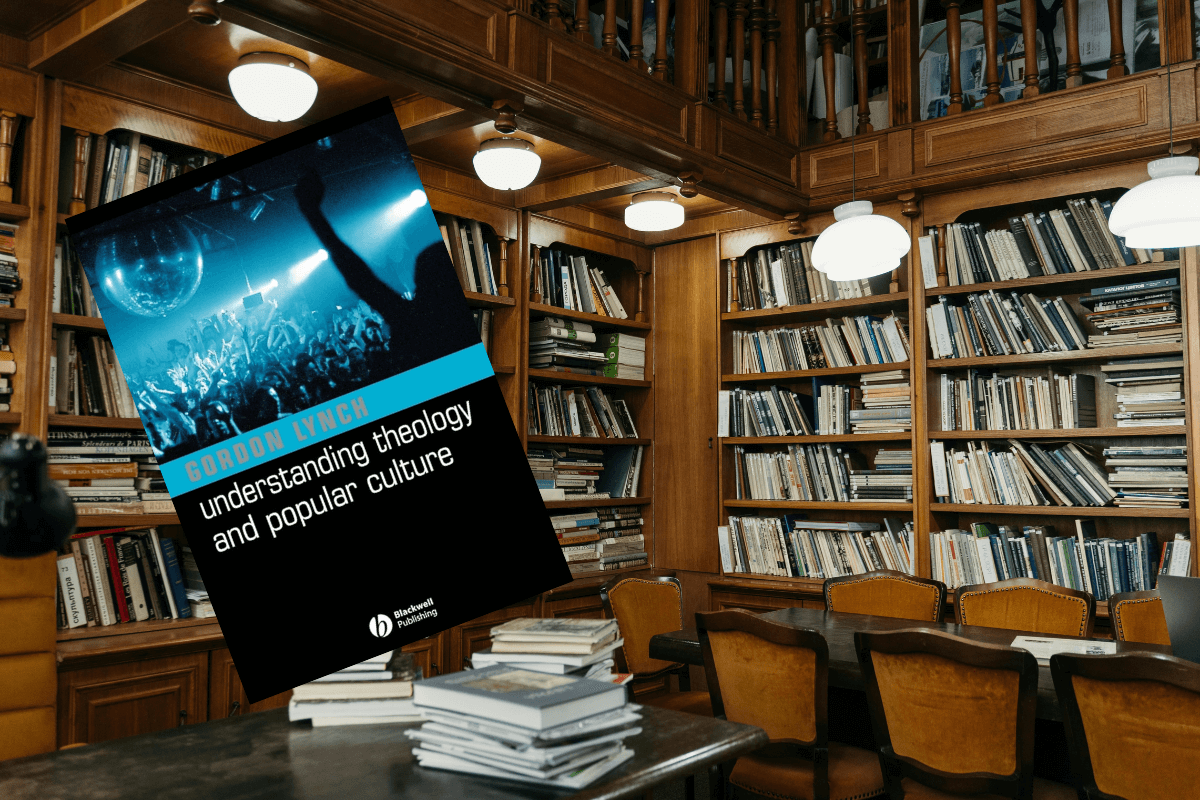 Understanding Theology and Popular Culture by Gordon Lynch
Understanding Theology and Popular Culture by Gordon Lynch
It's interesting to note that, although popular culture often refers to works of art, imaginary characters or cultural elements, its cult figures also include people who are, or have been, alive and well.
For example, Einstein, as well as being a respected physicist, is also one of the most widely publicized and recognizable celebrities. The many derivative products and the myth that the German scientist still maintains have gradually transformed him into a pop icon.
[Beware, however, as Pop Culture is a subject whose definition is not yet unanimously accepted! What we can say, however, is that Pop Culture is a form of culture that appeals to the widest possible audience, whatever their level of knowledge. And the opposite of so-called elitist culture).
Discover our selection of pop culture products.
 The Museum of Pop Culture in Seattle. The fact that such a building exists at all shows just how important this form of culture is to today's society.
The Museum of Pop Culture in Seattle. The fact that such a building exists at all shows just how important this form of culture is to today's society.
History of Pop Culture
The expression "Pop Culture" was first used in 1966 by Harold Wilson, the British Labour Prime Minister, during a speech. The expression was soon adopted by journalists and... popularized.
But to trace the real origins of Pop Culture, we have to go back centuries!
In fact, this notion may well have been part of everyday life since at least Antiquity. The expression "bread and circuses", as well as arena shows, could be an early manifestation of what would be described centuries later as "Pop Culture" - i.e., a form of culture accessible to the greatest number, without the need for cultural baggage.
(source: Lucy Grig, Popular Culture in the Ancient World).
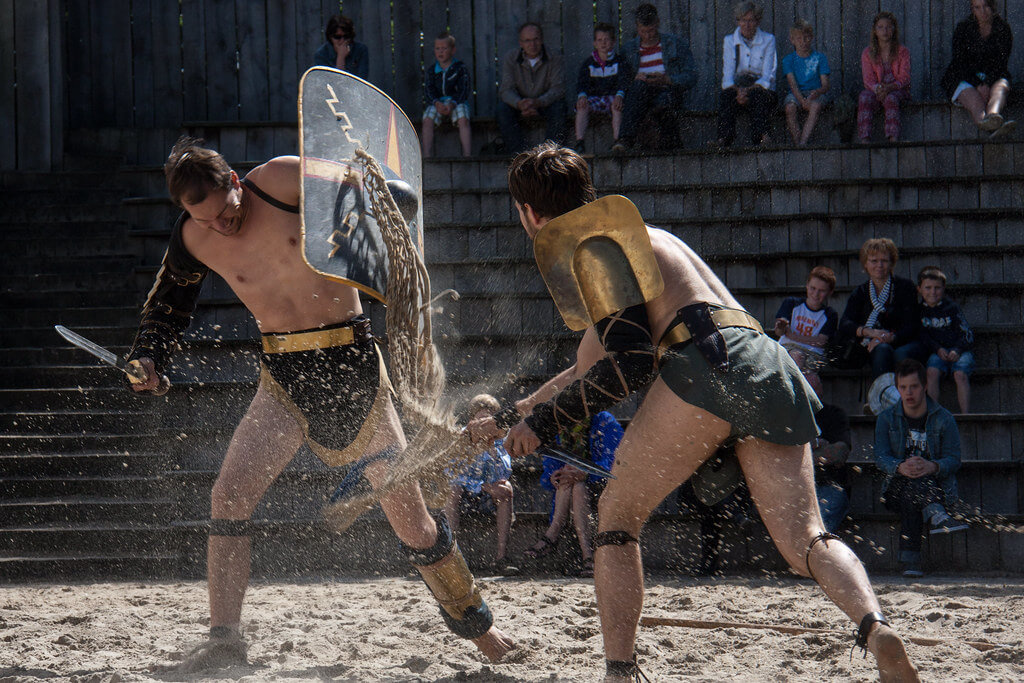 Gladiator shows could be seen as the forerunners of today's wrestling and wrestling shows.
Gladiator shows could be seen as the forerunners of today's wrestling and wrestling shows.
Every era may therefore have had its elements of popular culture. Some of these elements have blended into elitist culture over time.
Take, for example, Alexandre Dumas' Three Musketeers, now considered a classic!
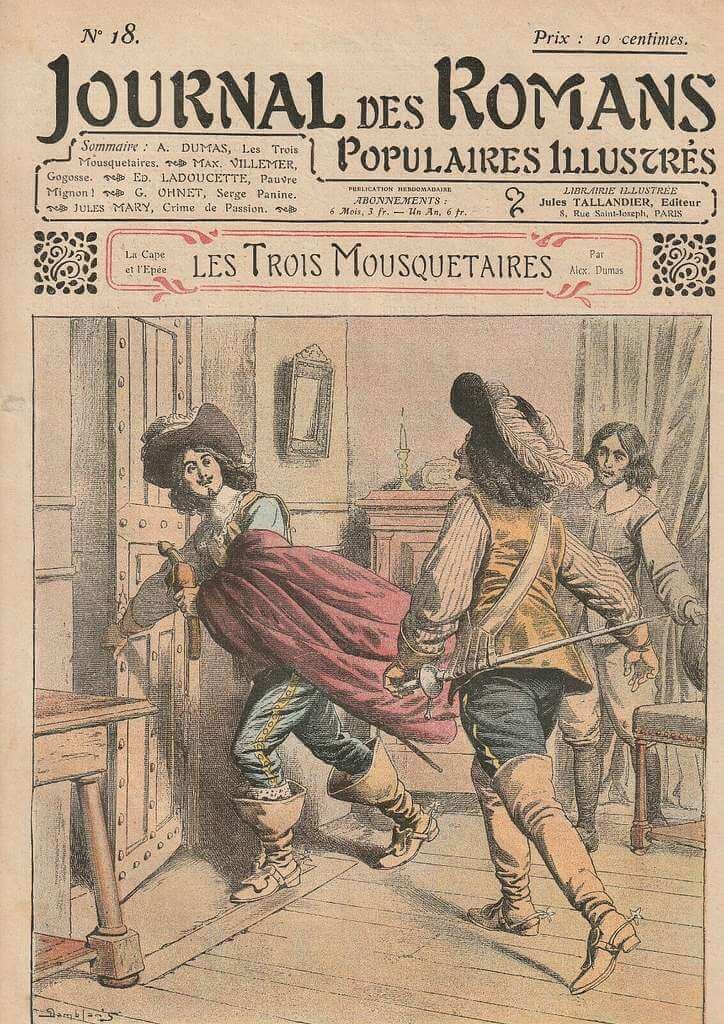
The Three Musketeers, a popular soap opera of its time, has gradually become a classic among classics.
Let's now take a look at the history of pop culture according to historical periods.
The idea is not to prove that this form of culture has existed since the dawn of time, as the term and its conceptualization are very recent, but rather to try to find elements of the past that may be similar or have contributed to its rise.
Antiquity
There must certainly have been elements that could be considered precursors during antiquity.
Although the term itself was not used at that time, there are examples of cultural phenomena accessible to the greatest number of people, and which can therefore be linked to what was much later described as Pop Culture.
Here are just a few examples:
- Mythology and folklore:
The mythological tales of ancient civilizations, such as the Greek and Roman myths, can be considered an early form of culture accessible to all. These stories were often told in poetry, theater and the visual arts and passed down from generation to generation. - Theater and entertainment:
Plays, dramatic performances and competitions were widespread forms of entertainment in ancient Greece and Rome. Some of these widely disseminated stories and works may correspond to our current conception of Pop Culture.
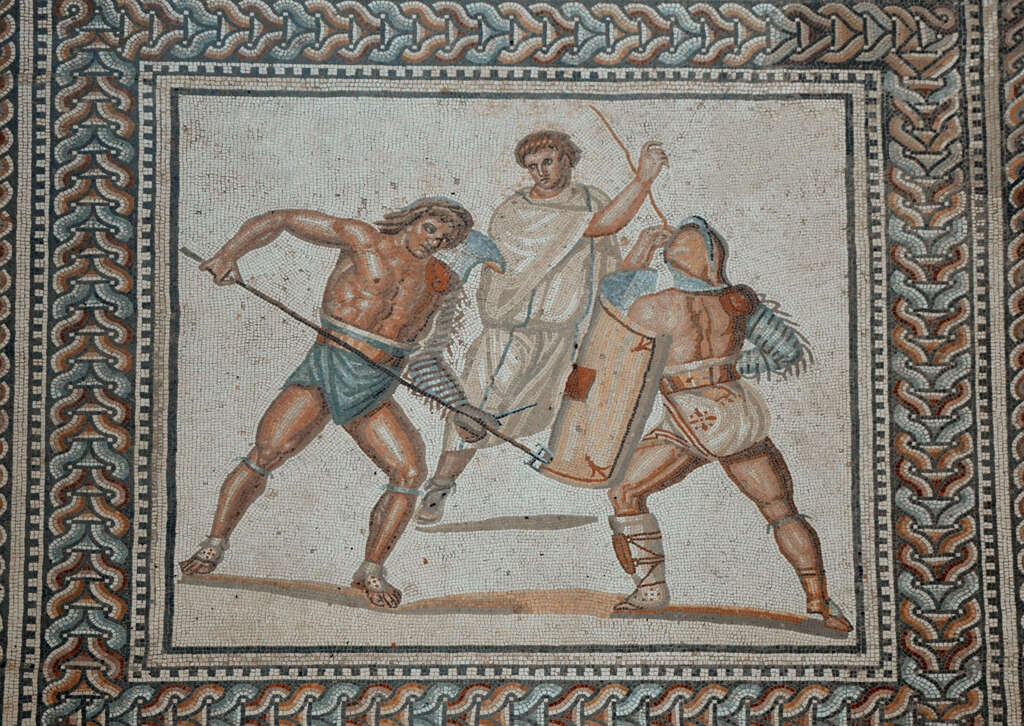
- Sport and competition:
Sporting competitions, such as the ancient Greek Olympic Games, were major events that attracted participants and spectators from all over the Mediterranean region. Athletes and champions were often revered and admired by their contemporaries. - Written works and poetry:
Epics, epic poems and heroic tales were widely popular forms of entertainment in antiquity. Works such as Homer's Iliad and Odyssey were widely known and appreciated, and their protagonists and stories continued to exert a lasting influence on Western popular culture.
The Middle Ages
As in antiquity, the concept of Pop Culture as we understand it today was far from theorized.
However, there were also elements that could (with hindsight and analysis) be considered precursors of pop culture during this very rich period of history.
- Folk tales:
A wide variety of folk tales and legends circulated among the population. These stories influenced popular culture and continued to be told and adapted over time. - Festivals and celebrations:
Medieval feasts and festivals were popular events where people gathered to celebrate, be entertained and participate in a variety of activities. These events often included theatrical performances, dancing, competitions and other forms of entertainment that were enjoyed by a wide audience.
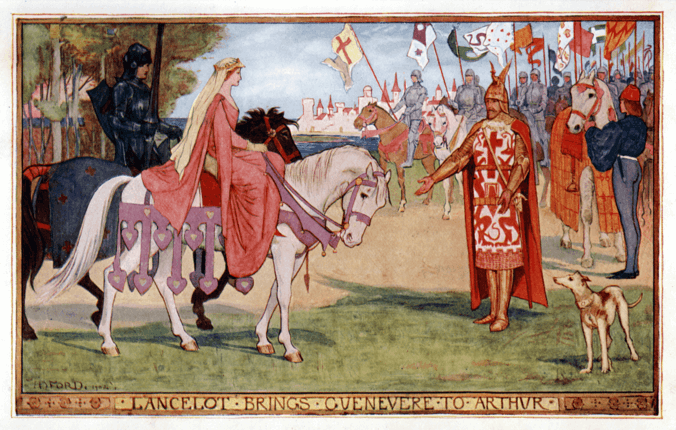 The Arthurian legend is an influential tale, inextricably linked with the Middle Ages.
The Arthurian legend is an influential tale, inextricably linked with the Middle Ages.
- Arthurian legend(s) :
The Arthurian legend and its many versions are one of the most influential works in Western history, and undoubtedly one of the most influential stories in Pop Culture. - The chansons de geste:
A medieval literary genre, chansons de geste were sung between 1050 and 1150, introducing the (very) largely illiterate population to heroic tales of chivalry. They were part of the oral tradition of the Middle Ages.
The Renaissance and the modern era
This period marks a real turning point in what we now define as Pop Culture.
Although a very large proportion of the population remained illiterate, the numerous journeys made possible by improved navigation techniques, and the many international exchanges enabled stories and tales to be transmitted more easily.
- Popular theater:
Plays were very popular, especially in England with the works of William Shakespeare. But also in France and Italy, with the birth of the famous and influential Commedia dell'arte. Theatrical performances were often enjoyed by a diverse audience, including the working classes. Although they were performed at court, playwrights such as Molière and Racine had an important influence on popular culture.
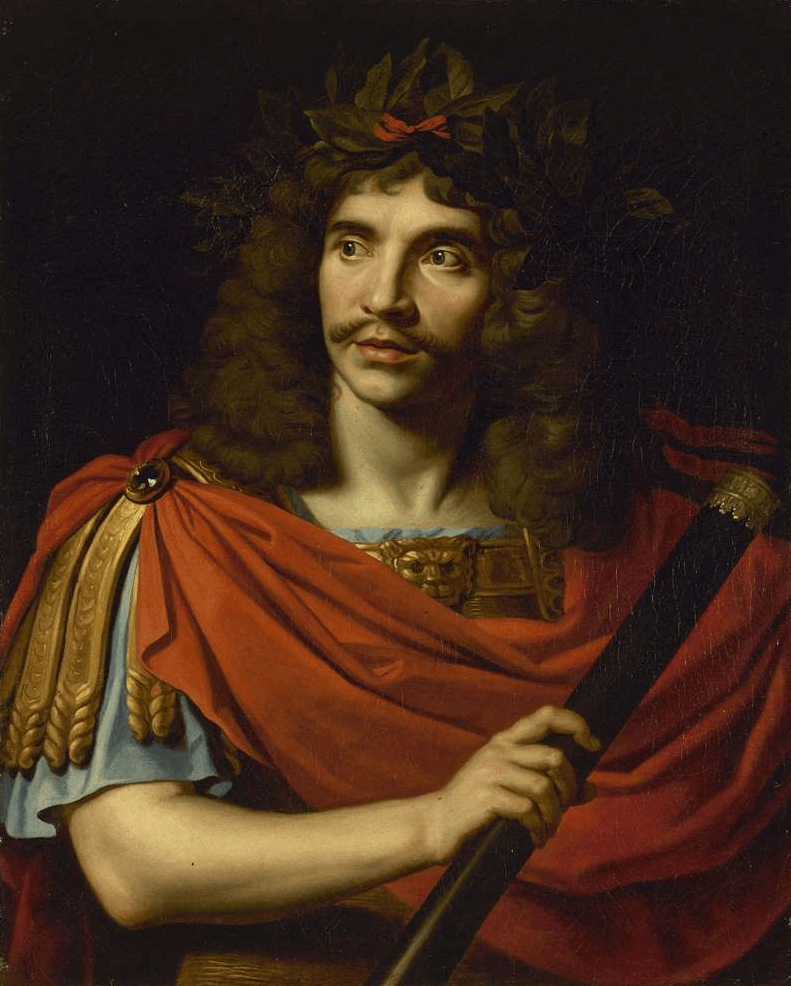 Molière is undoubtedly one of the world's best-known and most influential playwrights.
Molière is undoubtedly one of the world's best-known and most influential playwrights.
- Café and salon culture:
Cafés and salons were popular places where people gathered to discuss, debate, read and socialize. These spaces played an important role in spreading the ideas and cultural trends of the time. - Shows and entertainment:
Outdoor performances, concerts, fairs and entertainment were popular during the 18th century. Artists such as Mozart and Haydn composed for public performances, while fairs were popular entertainment venues for the whole family.
After the industrial revolution
The 19th and 20th centuries were crucial periods in the conceptualization and consolidation of pop culture as we know it today. As such, the Industrial Revolution often rhymes with the Cultural Revolution.
Here's a look at the main manifestations of pop culture during these two centuries:
19e :
- The popular press:
As the Western population became increasingly literate, the emergence of inexpensive newspapers and magazines enabled a wider dissemination of ideas.
These publications often featured sensationalist stories and political caricatures. - Popular literature:
Romances-feuilletons (Les Trois Mousquetaires, Les Mystères de Paris, L'Héritage mystérieux, etc.) and cheap fiction stories were very popular during the 19th century. Writers such as Charles Dickens, Alexandre Dumas and Émile Zola produced works that were widely read and enjoyed by a diverse audience.
 Popular novels had a crucial influence on the masses as Western society became increasingly literate.
Popular novels had a crucial influence on the masses as Western society became increasingly literate.
20th century:
- Cinema:
The 20th century saw the emergence of cinema as a major art and entertainment form. Films, with their ability to tell stories visually and capture the public's imagination, became a mainstay of popular culture worldwide.
 Cinema has become one of the most accessible and popular cultural media.
Cinema has become one of the most accessible and popular cultural media.
- Television:
This medium gradually became dominant after the end of the Second World War, allowing viewers to discover never-before-seen programs. In particular, it gave people instant access to a variety of programs, series and entertainment shows.
Television helped shape popular culture by disseminating images and ideas to a global audience. - Celebrity culture:
The 20th century saw the even greater evolution of celebrity culture, thanks to television, the big screen and the ubiquity of the news media.
From the end of the 20th century to the present day
The general amplification of the means of communication, coupled with the stability of the West after the Second World War, led the world towards an increasingly consumer-oriented society.
The American way of life took off after the end of the mid-century conflicts, influencing societies around the world.
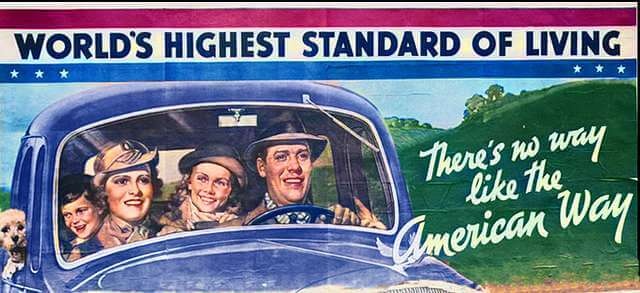
This large-scale distribution gave rise to much concern and controversy. Some saw it as the "Americanization" of society.
For some, the 80s represented the culmination of the American model and its influence, notably with the cinema of the new Hollywood and the birth of essential pop icons.
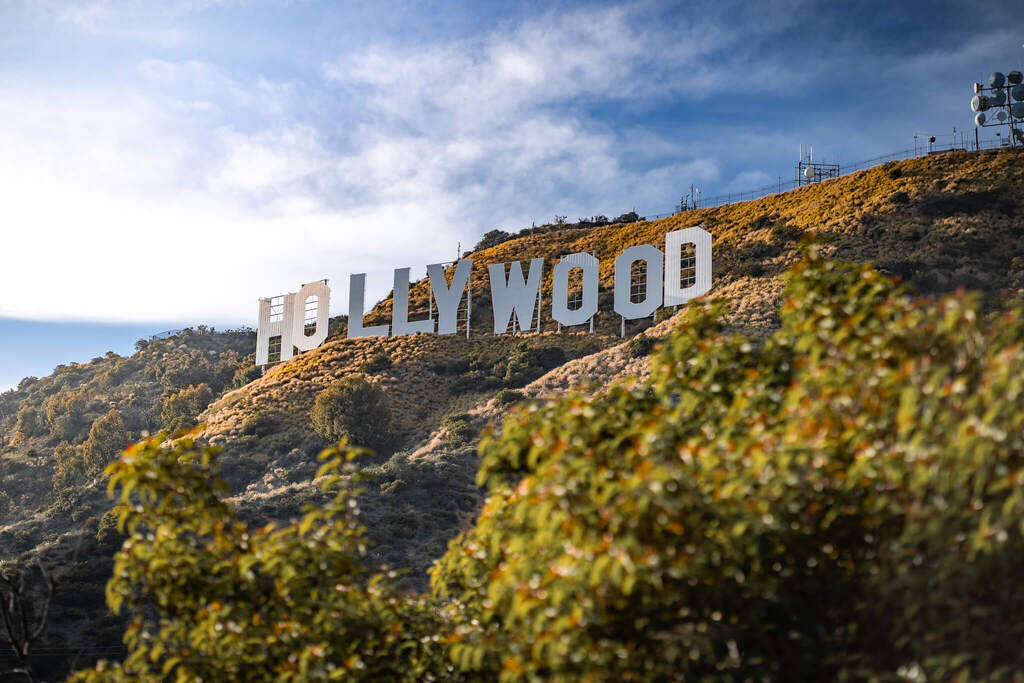
In the late 20th and early 21st centuries, the advent of the internet and social networking revolutionized the way people consume, create and share popular culture. Online platforms offer a space for content sharing, community building and unprecedented freedom of individual expression.
Video games have also grown enormously with the democratization of personal computers and game consoles. This emerging fin-de-siècle medium has had a major influence on the imagination of several generations of gamers, and spills over into other media such as cinema, literature and comics.
Today, the video game sector is considered one of the world's most profitable industries.
Discover our selection of pop culture products.
Pop culture and the mass media
The relationship between popular culture and the mass media is so complex that it should be the subject of an entire article. What can be said, however, is that from pulp magazines to prime-time TV, the mass media have played a major role in the rise of this form of culture.
We might also mention the emergence of Pop Art, which gradually elevated the objects of consumer society to the status of works of art. The images and characters of pop culture have become increasingly important, influencing attitudes and behavior in society.
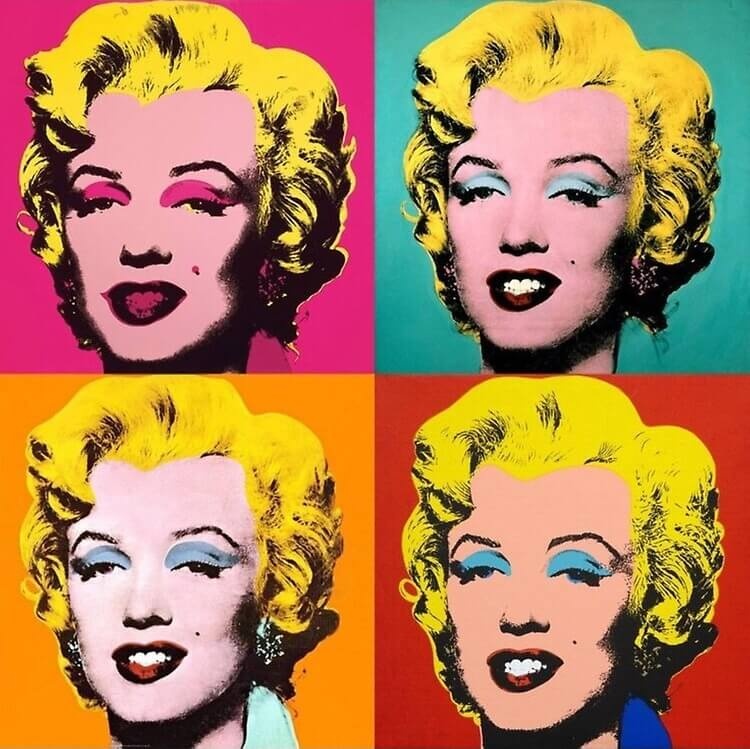
In the 80s, the advent of MTV transformed the public's relationship with music. Music videos became a visual art form in their own right.

Popular music:
The 20th century saw an explosion of popular musical genres, including jazz, blues, rock and its many variations, hip-hop and pop. Artists such as Elvis Presley, Prince, Ozzy Osbourne, The Beatles, Michael Jackson and Madonna became icons for generations.

As for the 7th art, numerous currents developed within it, and a myriad of cult characters appeared on the big screen after the advent of the new Hollywood. In the late 20th and early 21st centuries, American comic books and superhero comics, long considered cultural niches, found a new audience thanks to their adaptation on the big and small screens.
At the same time, mass media have become vehicles for social and cultural criticism. They have often reflected the social and political issues of their time, while influencing public opinion.
Overall, the relationship between popular culture and mass media is a fertile ground where creation, entertainment, social criticism and society itself meet, shaping and reflecting contemporary values and concerns.
![]()
The different areas of Pop Culture
Today, pop culture encompasses a multitude of fields, including the following:
- Music: pop, hip-hop, rock, metal, electro, R&B, country (the list goes on!).
- Cinema: Hollywood movies, independent films, blockbusters, animated films, etc.
- Television and video-on-demand services
- Video games: console, PC, mobile, massively multiplayer online (MMO), etc.
- Fashion
- Literature: novels, comics, graphic novels, manga, children's literature, etc.
- Visual arts: painting, illustration, street art, digital art, conceptual art, etc.
- Internet and social networks: memes, viral videos, influencers, blogs, podcasts, etc.
- Cuisine and gastronomy: popular recipes, celebrity chefs (Gordon Ramsey, Philippe Etchebest, etc.)
- Sports and live entertainment: sporting events, wrestling, concerts, festivals, shows, etc.
These fields often interact with each other, creating a dynamic and constantly evolving cultural landscape.
Japanese pop culture
The emergence and development of Japanese pop culture has given it considerable momentum worldwide. Influenced in particular by manga, it has influenced a variety of societies, including Europe and the Western world.
In the years following the Second World War, Osamu Tezuka's work was particularly influential. Often considered the father of modern manga, this prolific author launched Japanese comics into a new era with influential works such as The New Treasure Island (Shin Takarajima) and Black Jack, to name but a few.
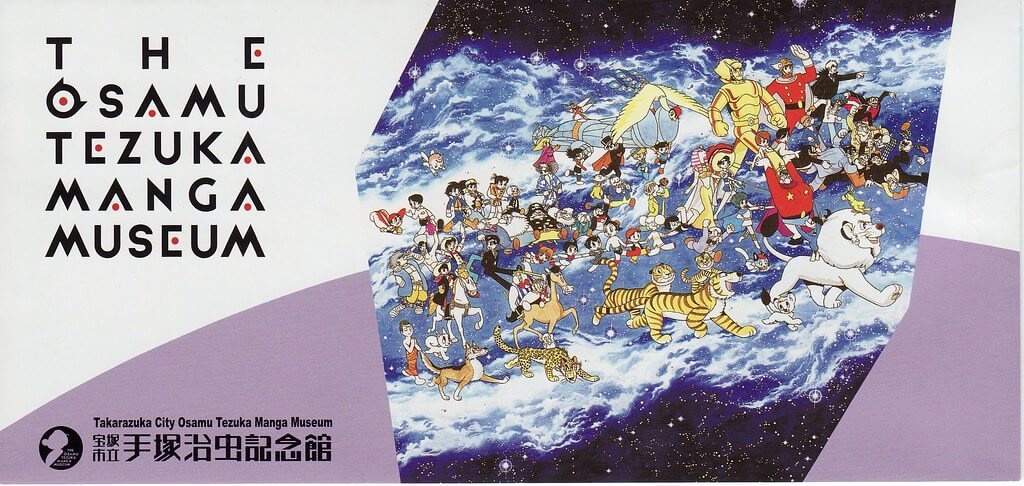
Iconic characters such as Astro Boy (still by Tezuka) crossed Japanese borders to become global icons. Figures such as Leiji Matsumoto's Albator and Go Nagaï's Goldorak popularized the medium as far afield as France.
The manga Dragon Ball, by the now-lamented Akira Toriyama, also had a major influence on the spread of manga in France and across the globe.

Akira Toriyama, the genius of shonen manga
Born in 1955 in Japan's Aichi prefecture, Akira Toriyama began his career as a young assistant. His career really took off with his manga Doctor Slump. But everything changed with the publication of his most famous work, Dragon Ball.
This manga, quickly adapted into a series, influenced a large number of authors in Japan and around the world. As a result, Dragon Ball is now regarded as the model for shonen manga, the mangas for teenagers. Major works in this style, and influenced by Toriyama's, include One Piece, Naruto and My Hero Academia, to name but a few.
Numerous derivative products (figurines, sneakers, clothing, etc.), games and goodies have made the saga one of the best-known pop culture franchises. Akira Toriyama was also a designer for the Dragon Quest series, the founding saga of the JRPG genre.
Toriyama, the reasons for his death :
The celebrated author died on March 8 2024 of a subdural hematoma, a form of cerebral hemorrhage. The author leaves behind a substantial legacy. He is now considered one of the most influential creators of the late 20th century.
Discover our selection of pop culture products.
We should also mention Shonen Jump, a Japanese manga magazine that played a crucial role in the spread of manga in Japan. Its regular publication of successful series, such as One Piece and Naruto, has contributed enormously to expanding the international audience for manga.
Manga found an enthusiastic audience, while anime (cartoons) also gained notoriety. Events such as manga and anime conventions, like Japan Expo in Paris and the Made in Asia fair (in Belgium), have become must-attend events for European fans.
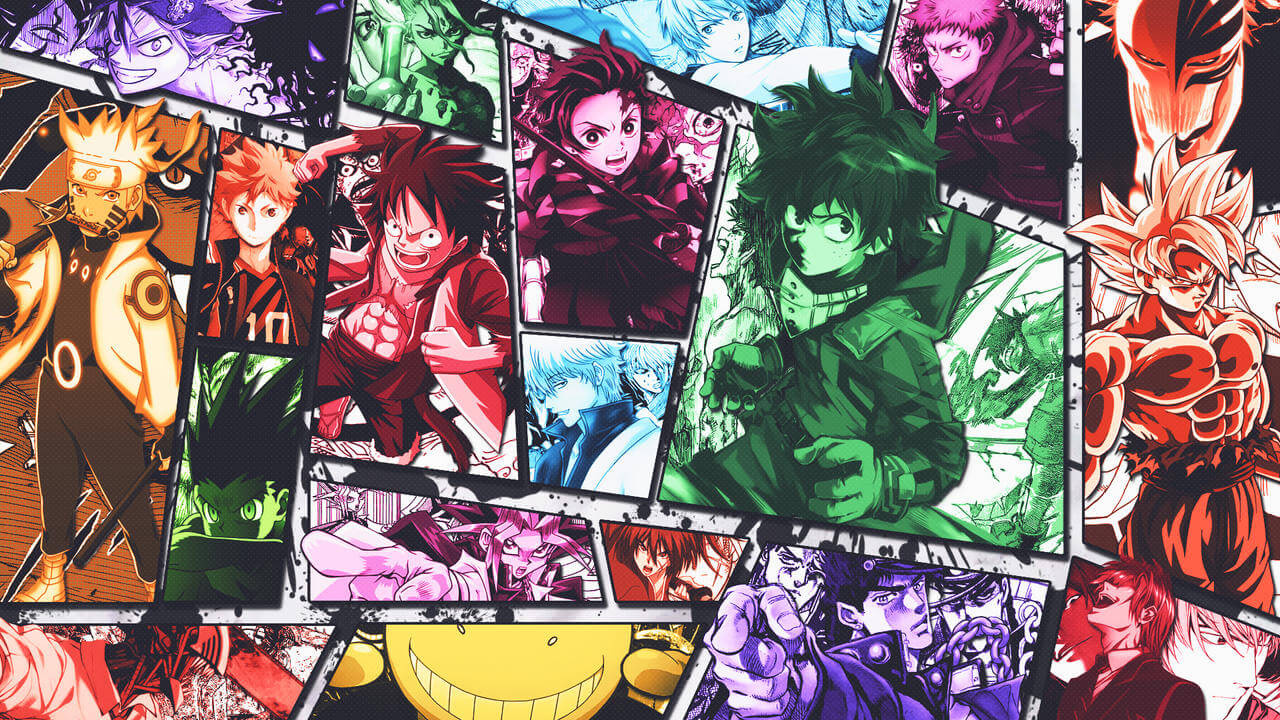
This expansion of Japanese pop culture is not limited to Western borders. Korea has also been deeply influenced by the Japanese medium, although developing its own distinct style. The interaction between Japanese and Korean pop culture has created a rich and diverse media landscape throughout the region.
In short, the emergence of Japanese pop culture has been a global phenomenon, capturing the imaginations and shaping the cultural landscapes of diverse societies, from Europe to Korea to the rest of the world.
Pop Culture Icons
In addition to historical figures and influential artists such as Dali, many imaginary characters have made a lasting impression on the public mind.
It would take far too long to mention all the characters who have become cult icons, either instantly or over the years, but we can nonetheless mention Star Wars' Darth Vader, Indiana Jones, and the many superheroes of the Marvel and DC universes, such as Iron Man, Spiderman, Batman and so on.

Literary works include Harry Potter, which became a veritable cultural phenomenon with J.K. Rowling's series of novels and the films that followed. The young wizard and his Hogwarts friends have captivated millions of readers and viewers, becoming an inseparable part of contemporary popular culture.
Figures from Japanese culture include such iconic characters as One Piece's Luffy, Dragon Ball's Sangoku and Studio Ghibli's Totoro. These figures have transcended Japan's borders to become world-renowned symbols of Japanese animation and artistic creativity.
Discover our selection of pop culture products.
Conclusion
In conclusion, pop culture continues to play a central role in our lives, influencing our thinking, behavior and social interactions. Through music, film, literature, television and social networks, it acts as a mirror reflecting the concerns, aspirations and struggles of contemporary society.
However, it remains difficult to define precisely, such is its breadth. What's more, as we've seen, it can easily merge with classic culture over time. While it's impossible to be exhaustive, we hope you've gained a better understanding of the contours of Pop Culture.
Recent articles

Unforgettable Holidays for Parents and Teens: Hopono's treasures

Spring holidays: Hopono has something for everyone!

Lexon: Sculpting the Future through Design, Art and Tech

Jewellery: the brands that capture the hearts of Hopono customers, men and women alike!



